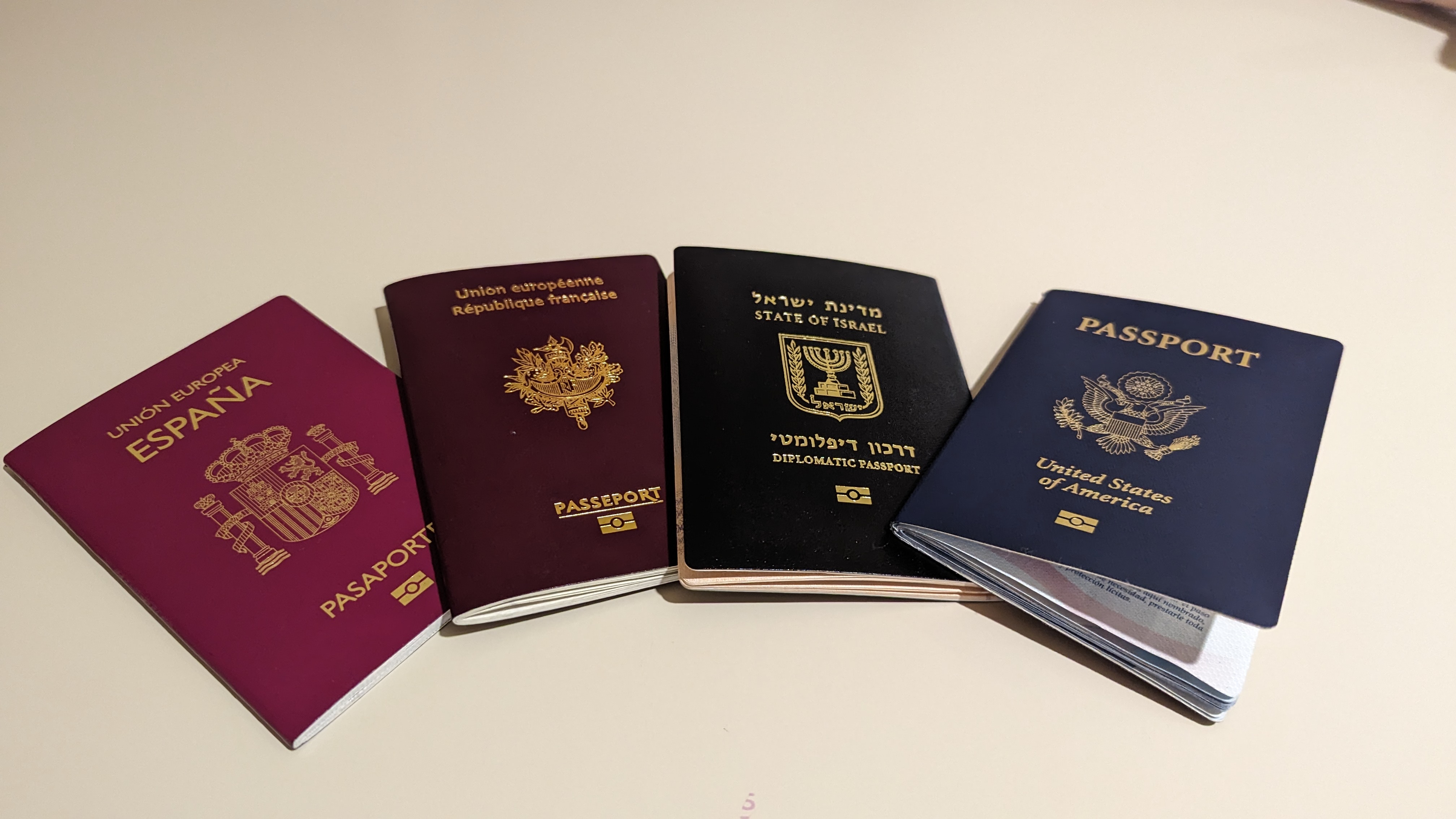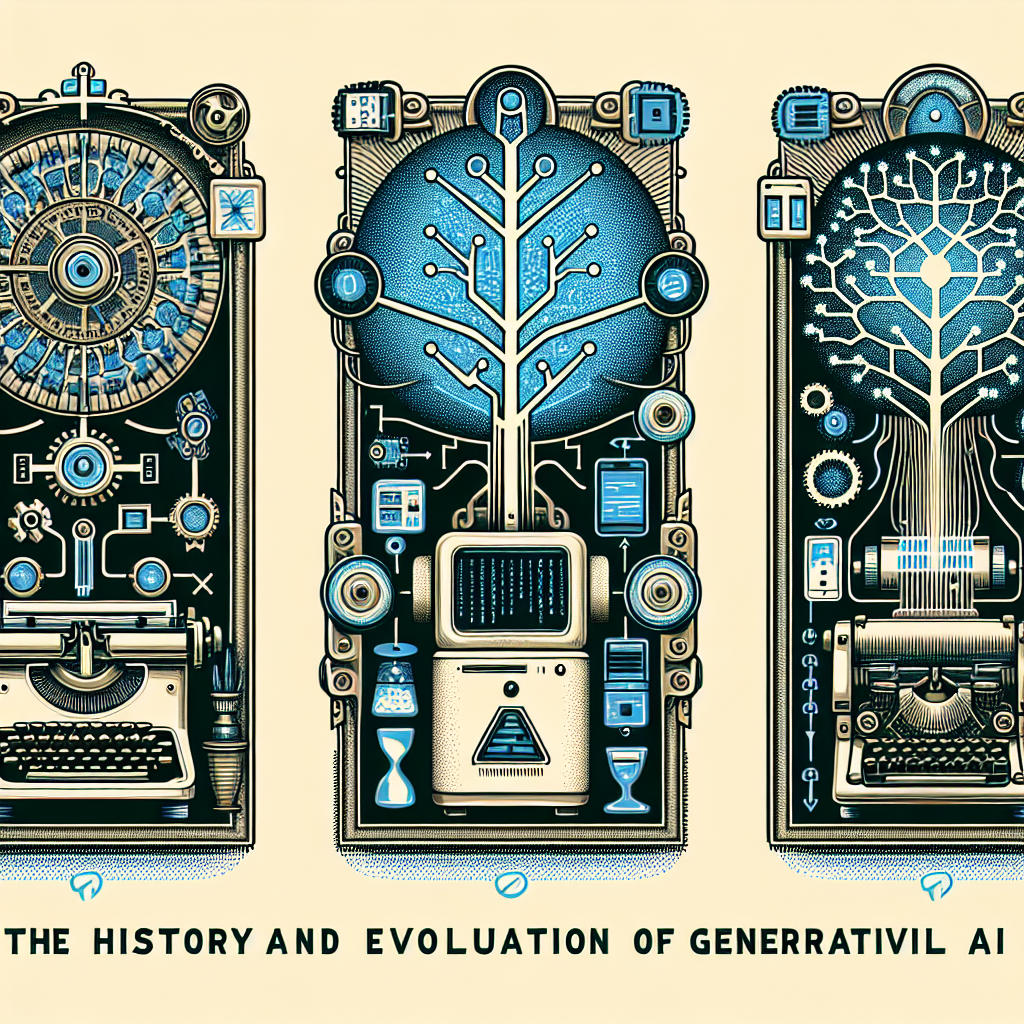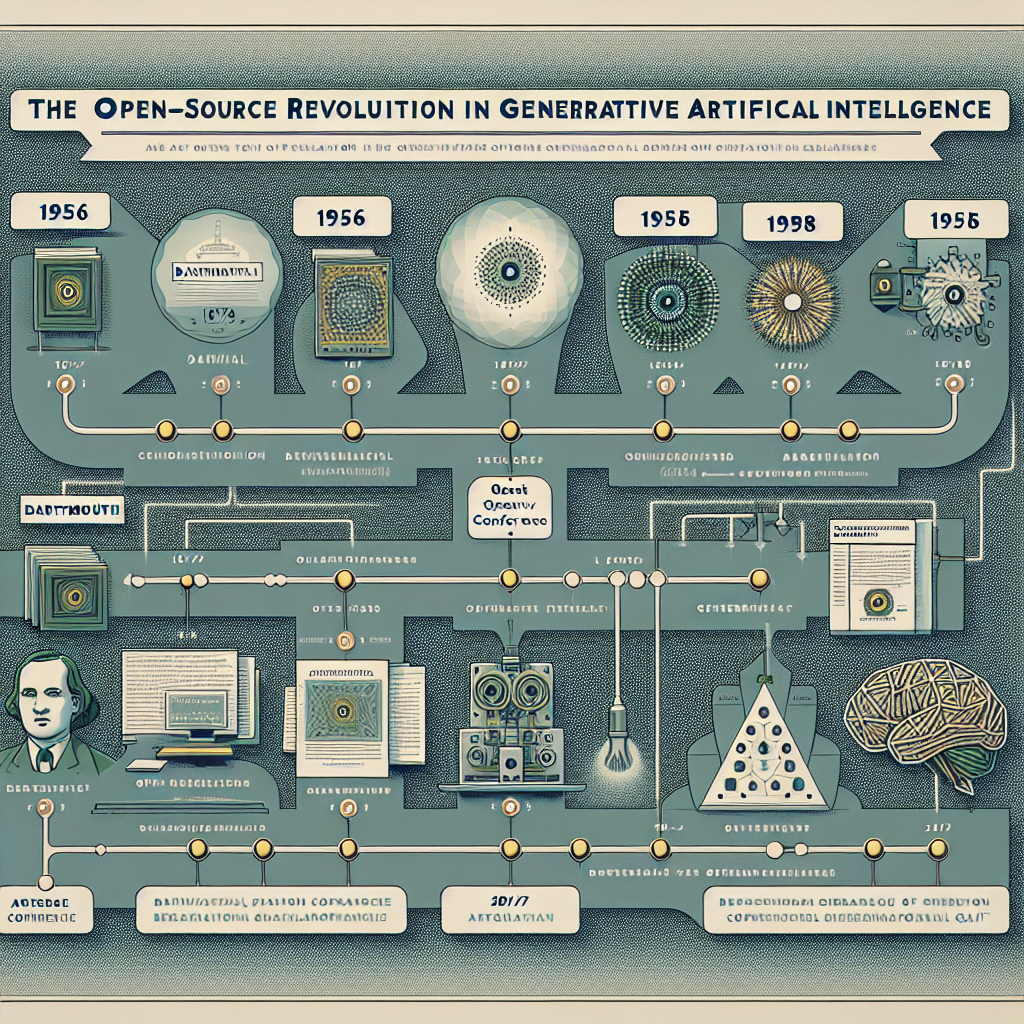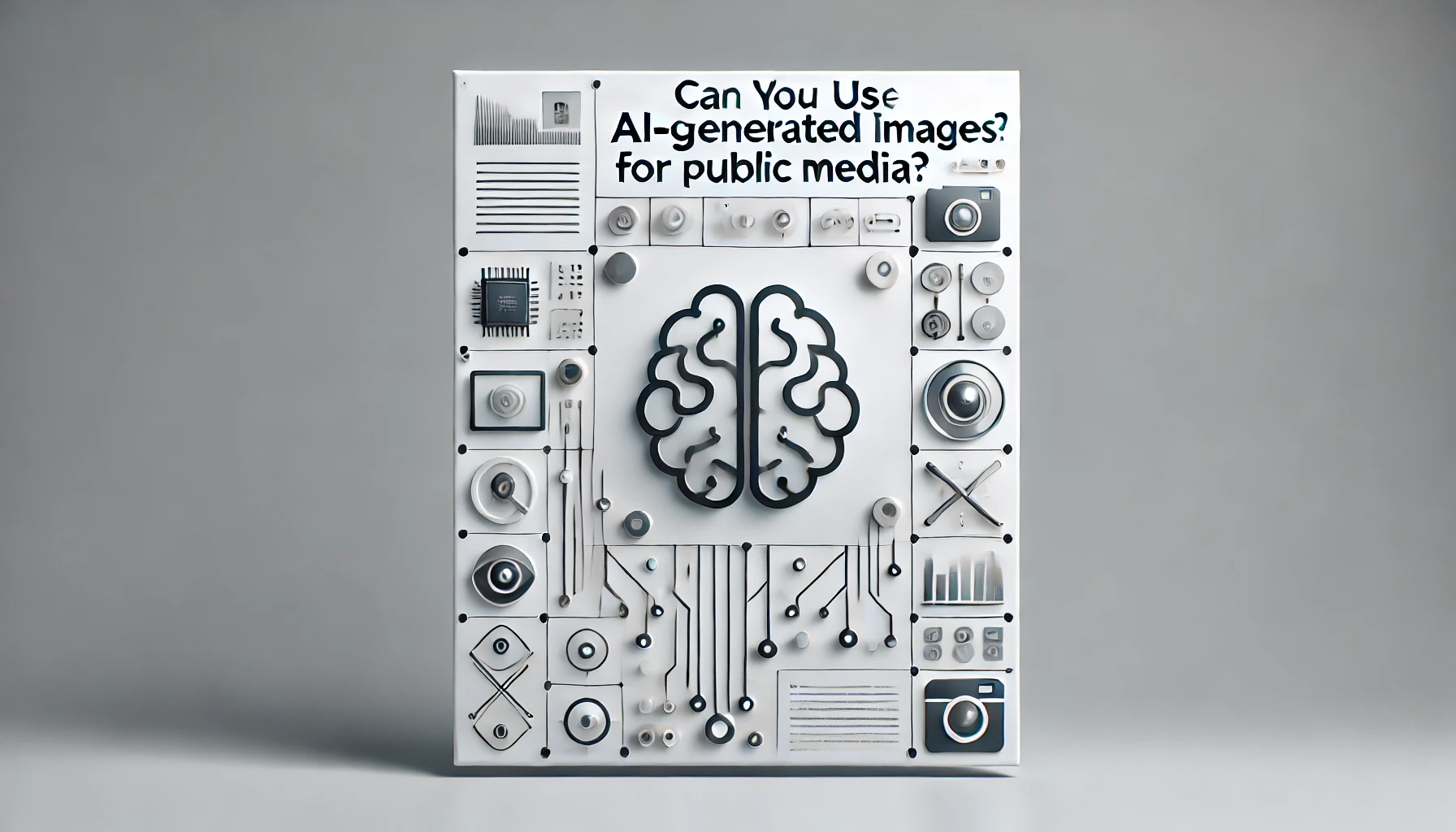In the ever-evolving world of SEO, mastering the art of keyword research is crucial for driving organic traffic and staying ahead of the competition. This comprehensive guide will walk you through advanced techniques and strategies to uncover high-value keywords that are often overlooked by your competitors. By the end of this guide, you’ll have a toolkit of powerful methods to revolutionize your keyword research process.
1. Leveraging AI and Machine Learning for Predictive Keyword Research
As we move further into the age of artificial intelligence, leveraging AI-powered tools for keyword research is becoming increasingly important. These tools can provide invaluable insights into emerging trends and shifts in user behavior.
Steps to Implement AI-Driven Keyword Research:
-
Utilize AI-powered tools like SearchAtlas or MarketMuse to analyze vast amounts of data and identify emerging keyword trends.
-
Look for patterns in user intent that traditional keyword tools might miss.
-
Use natural language processing (NLP) algorithms to understand the context and semantics behind search queries.
-
Employ machine learning models to predict future keyword performance based on historical data and current trends.
Practical Tips:
-
Regularly update your keyword lists based on AI-generated insights to stay ahead of trends.
-
Cross-reference AI predictions with traditional keyword metrics for a comprehensive view.
-
Use AI to identify semantic relationships between keywords and build more robust content strategies.
2. Voice Search Optimization: The Next Frontier
With the rising popularity of voice assistants like Siri, Alexa, and Google Assistant, optimizing for voice search has become crucial. Voice searches tend to be more conversational and question-based, requiring a shift in keyword strategy.
Techniques for Voice Search Keyword Optimization:
-
Focus on long-tail, conversational keywords that mimic natural speech patterns.
-
Prioritize question-based phrases (Who, What, Where, When, Why, How).
-
Optimize for local searches, as many voice queries are location-based.
-
Create FAQ sections on your website to target common voice search queries.
Practical Exercise:
-
Conduct a brainstorming session where team members ask questions about your product/service as if they were using a voice assistant.
-
Use tools like AnswerThePublic to find question-based keywords related to your niche.
-
Analyze your Google Search Console data for longer, more conversational queries that may indicate voice searches.
3. Dynamic URL Parameters for Enhanced Crawling and Indexing
Improving the way search engines crawl and index your site can lead to better visibility for a wider range of keywords. Using dynamic URL parameters for pagination is an often-overlooked technique that can significantly impact your site’s indexing efficiency.
Implementing Dynamic URL Parameters:
-
Replace static pagination URLs (e.g., /page/2, /page/3) with dynamic parameters (e.g., ?page=2, ?page=3).
-
Ensure your site’s architecture supports these dynamic URLs without creating duplicate content issues.
-
Update your XML sitemap to include these dynamically generated URLs.
-
Use rel=”next” and rel=”prev” tags to indicate the relationship between paginated pages.
4. Leveraging Wikipedia for Broken Link Building and Keyword Discovery
Wikipedia is not just an encyclopedia; it’s a goldmine for SEO professionals. By utilizing Wikipedia’s dead link system, you can uncover valuable keyword opportunities and build high-quality backlinks.
Steps for Wikipedia-Based Keyword Research and Link Building:
-
Use tools like WikiGrabber or manually search Wikipedia for pages related to your niche with dead links.
-
Analyze the context of the dead link to understand the topic and potential keywords.
-
Create high-quality content that would serve as a suitable replacement for the dead link.
-
Use the keywords discovered in this process to optimize your new content.
-
Reach out to the Wikipedia editors or other websites that link to the dead resource, offering your content as a replacement.
Practical Workflow:
-
Search: “site:wikipedia.org [your niche] + dead link”
-
Identify relevant pages with dead links.
-
Use a tool like Ahrefs to find other sites linking to the dead Wikipedia source.
-
Create content that fills the gap left by the dead link.
-
Reach out to site owners and Wikipedia editors with your replacement content.
5. Uncovering Uncommon Seed Keywords
Moving beyond common seed keywords can help you discover untapped keyword opportunities that your competitors might be missing.
Techniques for Finding Uncommon Seed Keywords:
-
Analyze niche forums and Q&A sites to find industry-specific jargon and phrases.
-
Use tools like Ahrefs or SEMrush to analyze competitors’ websites, filtering out common seeds to find unique phrases.
-
Leverage Google’s “People Also Ask” and “Related Searches” features to find tangential topics.
-
Explore academic papers and industry reports for technical terms and emerging concepts.
Step-by-Step Process:
-
Identify top niche websites and forums in your industry.
-
Use a web scraping tool to extract frequently used terms and phrases from these sites.
-
Input these terms into your keyword research tool of choice.
-
Filter out common seed keywords to reveal unique, niche-specific opportunities.
-
Validate these uncommon seeds by checking their search volume and competition metrics.
6. Competitor’s Low-Competition Topics Analysis
Analyzing your competitors’ content can reveal low-hanging fruit in terms of keyword opportunities. By focusing on their low-difficulty keywords that still drive significant traffic, you can identify topics that are easier to rank for but still valuable.
Steps for Competitor Low-Competition Analysis:
-
Use tools like Ahrefs’ Site Explorer or SEMrush’s Organic Research tool to analyze competitor domains.
-
Filter for keywords with low keyword difficulty (KD) scores but significant traffic.
-
Look for topics where the competitor’s content is thin or outdated.
-
Identify patterns in the types of low-competition keywords your competitors are ranking for.
Advanced Filtering Technique:
In Ahrefs:
-
Go to Site Explorer > Organic keywords
-
Set KD filter to 0-20 (adjust based on your domain’s strength)
-
Set Volume filter to 1000+ (adjust based on your niche)
-
Sort by traffic to identify the most valuable opportunities
7. Seasonal and Event-Driven Keyword Research
Capitalizing on seasonal trends and events can provide significant traffic boosts if you plan ahead. This technique involves predicting and preparing for cyclical search patterns.
Strategies for Seasonal Keyword Research:
-
Use Google Trends to identify cyclical patterns in your niche keywords.
-
Create a calendar of industry events, holidays, and seasons relevant to your business.
-
Analyze year-over-year data to predict upcoming trends and search volumes.
-
Prepare content in advance to capture early searchers and build authority before peak seasons.
Practical Application:
-
Create a spreadsheet with columns for:
-
Use this spreadsheet to plan your content calendar and SEO strategy throughout the year.
8. Utilizing SERP Features for Keyword Opportunities
Search Engine Results Pages (SERPs) have evolved to include various features like featured snippets, “People Also Ask” boxes, and knowledge panels. These features can provide valuable keyword insights and opportunities for visibility.
Techniques for SERP Feature Optimization:
-
Identify keywords that trigger featured snippets in your niche.
-
Analyze “People Also Ask” questions for related long-tail keywords.
-
Optimize for local pack results by focusing on location-based keywords.
-
Target image and video carousel opportunities with visual content optimization.
Step-by-Step SERP Analysis:
-
Use a tool like Ahrefs’ SERP features report or SEMrush’s Position Tracking tool.
-
Filter for keywords that trigger specific SERP features relevant to your content.
-
Analyze the current content ranking for these features.
-
Create or optimize content specifically to capture these SERP features.
-
Monitor your rankings and adjust your strategy based on performance.
9. Leveraging User-Generated Content for Keyword Discovery
User-generated content (UGC) like reviews, forum posts, and social media discussions can be a goldmine for discovering how your audience actually talks about topics related to your niche.
Methods for UGC Keyword Research:
-
Analyze product reviews on e-commerce sites for descriptive terms and common questions.
-
Monitor social media hashtags and discussions related to your industry.
-
Explore niche forums and Reddit communities for trending topics and user language.
-
Use tools like Buzzsumo to find highly shared content and extract key phrases.
Practical Workflow:
-
Identify top UGC sources in your niche (e.g., Amazon reviews, Reddit threads, Twitter hashtags).
-
Use web scraping tools or APIs to collect a large sample of UGC.
-
Employ text analysis tools to identify frequently used phrases and questions.
-
Cross-reference these phrases with traditional keyword research tools to validate search volume and difficulty.
-
Incorporate the most promising UGC-derived keywords into your content strategy.
10. Advanced Local SEO Keyword Strategies
For businesses targeting local markets, advanced local keyword research can significantly improve visibility in local search results.
Advanced Local Keyword Techniques:
-
Utilize zip code and neighborhood-level keyword targeting.
-
Incorporate local landmarks and colloquialisms into your keyword strategy.
-
Optimize for “near me” searches with location-specific landing pages.
-
Leverage local event keywords to capture timely, location-based searches.
Local Keyword Research Process:
-
Start with a base keyword list relevant to your business.
-
Expand each keyword with:
-
Use Google’s Keyword Planner with location targeting to validate search volumes.
-
Create a matrix of service/product keywords combined with location modifiers.
-
Develop content and landing pages optimized for these localized keyword combinations.
Conclusion: Putting It All Together
Advanced keyword research is an ongoing process that requires creativity, data analysis, and a deep understanding of your audience. By implementing these techniques, you’ll be able to uncover valuable keyword opportunities that your competitors are likely missing.
Remember to:
-
Regularly update your keyword research to stay ahead of trends and algorithm changes.
-
Combine multiple techniques for a comprehensive keyword strategy.
-
Always focus on user intent and value when targeting keywords.
-
Test and iterate your approach based on performance data.
By mastering these advanced keyword research techniques, you’ll be well-equipped to drive targeted organic traffic and stay ahead in the competitive world of SEO. Keep experimenting, stay curious, and always be on the lookout for new ways to understand and reach your audience through strategic keyword targeting.
 Passports are essential travel documents for international journeys. The cost of obtaining a passport varies significantly from one country to another. This guide provides an in-depth look at the cost of passports for major countries, sorted by continent, with links to each country’s passport page on Wikipedia for more detailed information.
Passports are essential travel documents for international journeys. The cost of obtaining a passport varies significantly from one country to another. This guide provides an in-depth look at the cost of passports for major countries, sorted by continent, with links to each country’s passport page on Wikipedia for more detailed information.










 As AI technology advances, the creation of AI-generated images has become increasingly popular. These images, produced by algorithms like DALL-E, Stable Diffusion, and Midjourney, offer innovative opportunities for artists, marketers, and content creators. However, the legal framework surrounding the use of these images in public media is complex and evolving. This blog post aims to provide a comprehensive overview of the legal considerations and best practices for using AI-generated images in public media.
As AI technology advances, the creation of AI-generated images has become increasingly popular. These images, produced by algorithms like DALL-E, Stable Diffusion, and Midjourney, offer innovative opportunities for artists, marketers, and content creators. However, the legal framework surrounding the use of these images in public media is complex and evolving. This blog post aims to provide a comprehensive overview of the legal considerations and best practices for using AI-generated images in public media.






